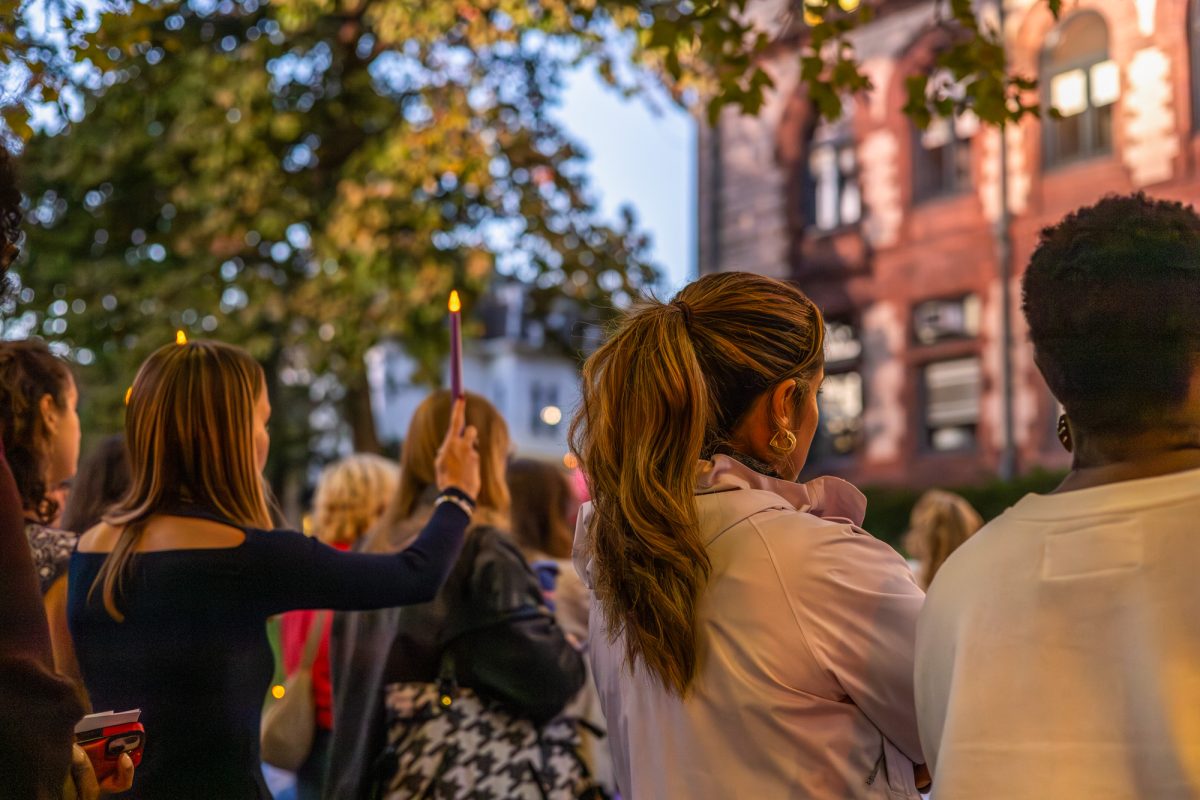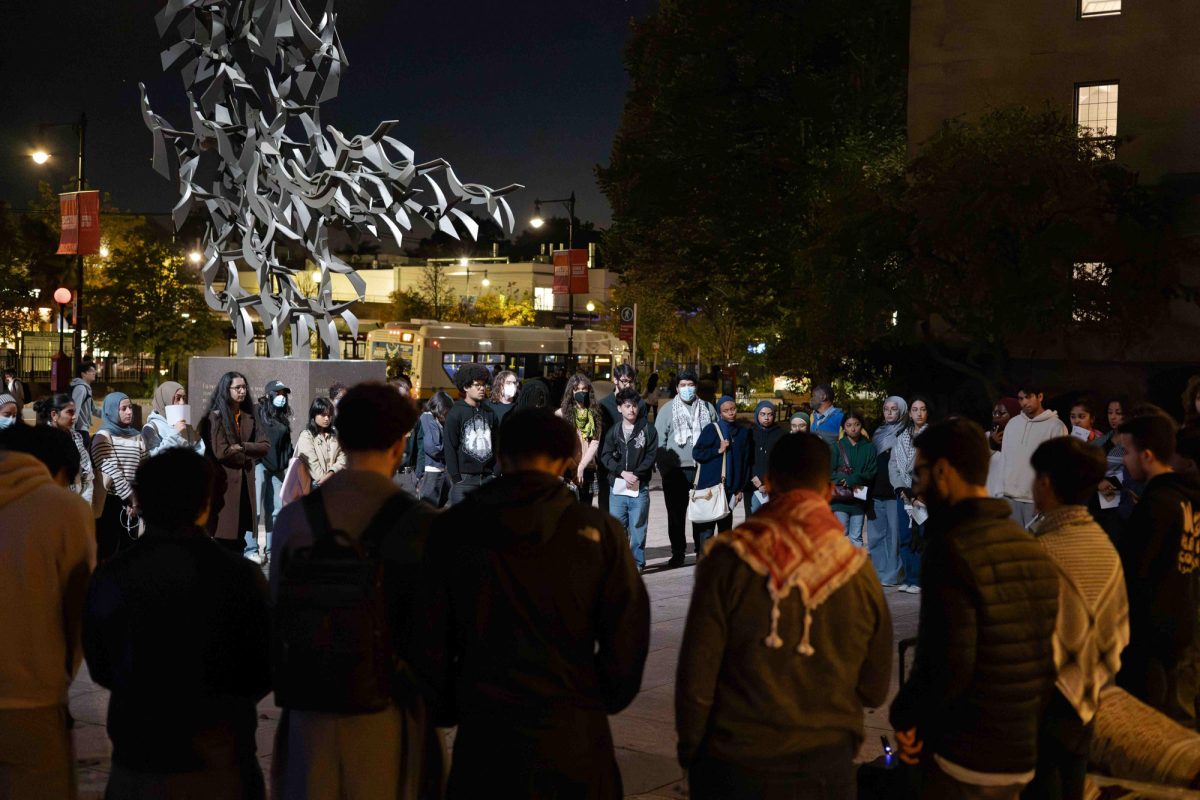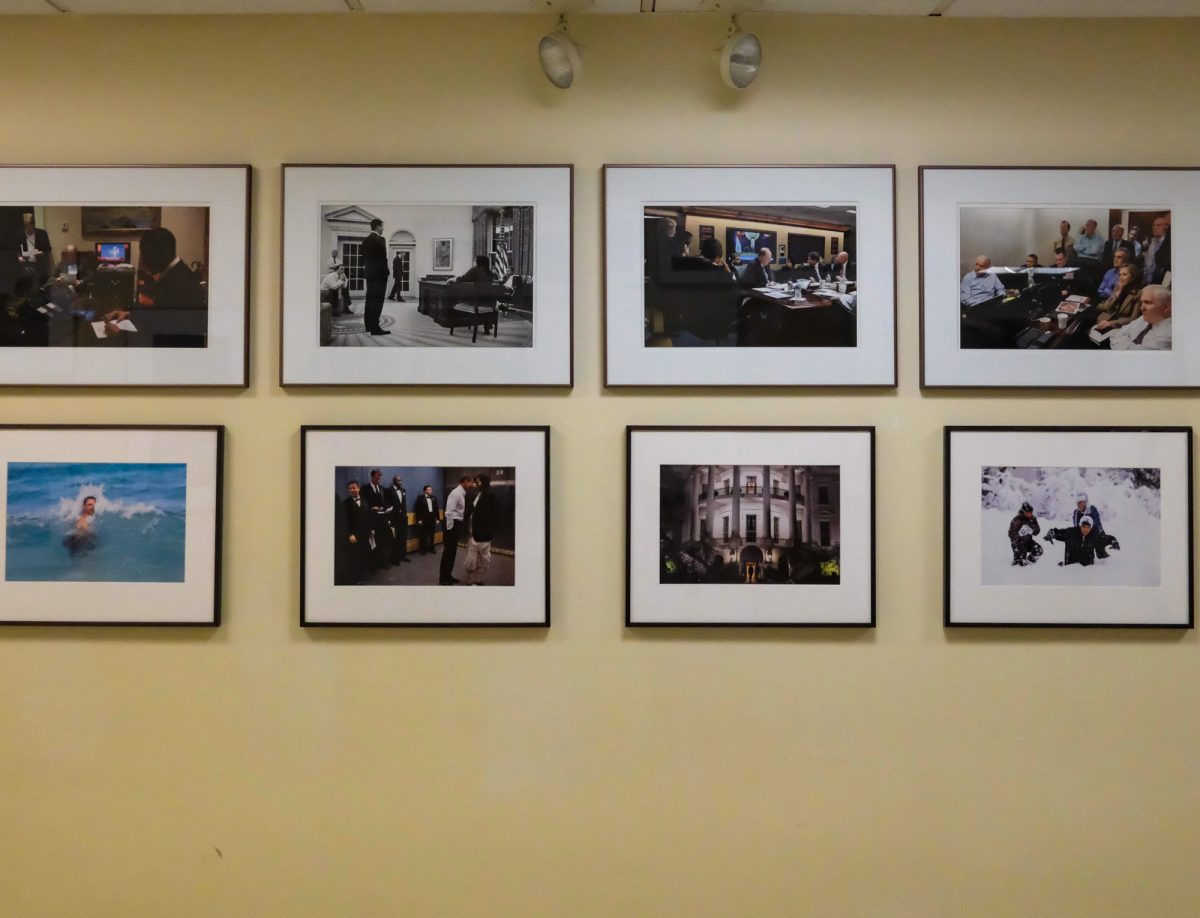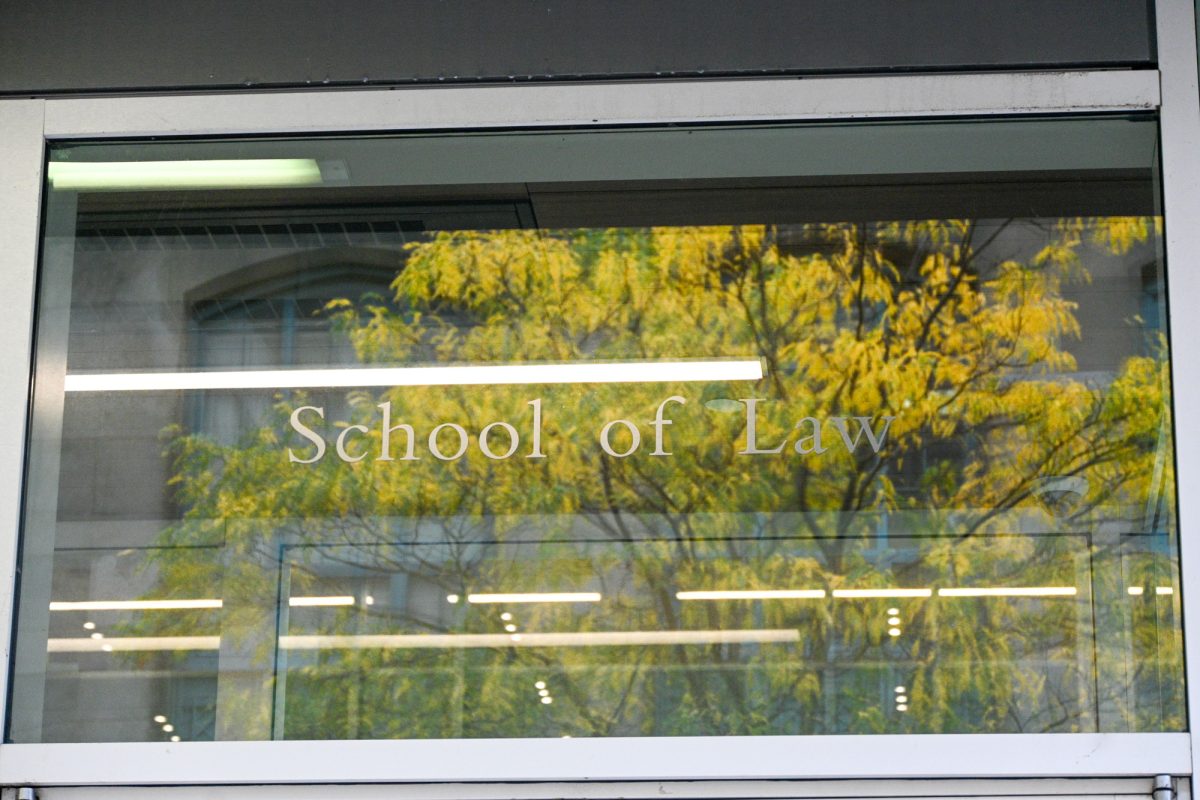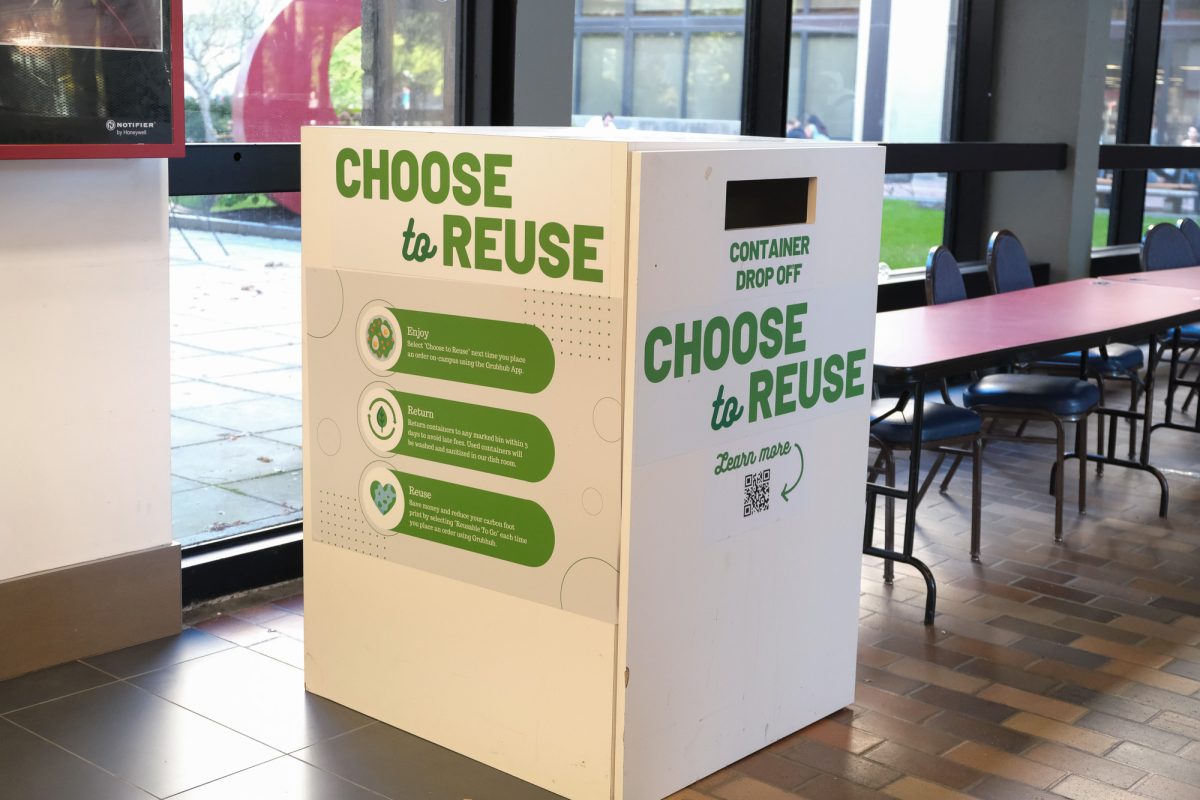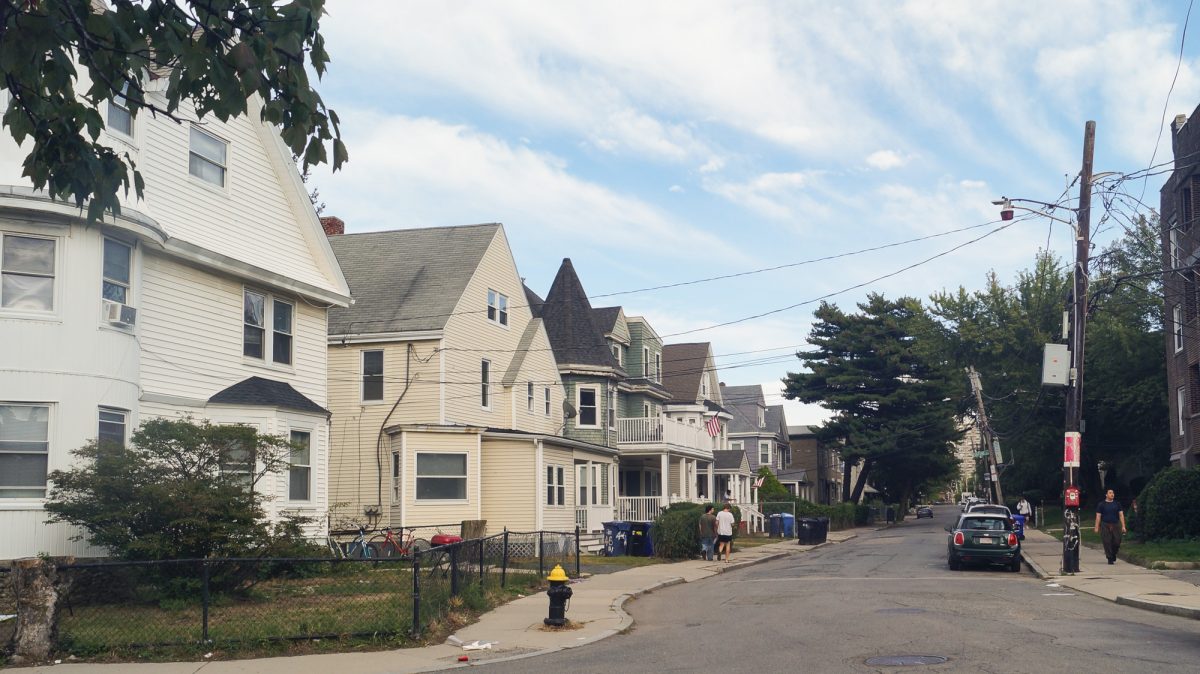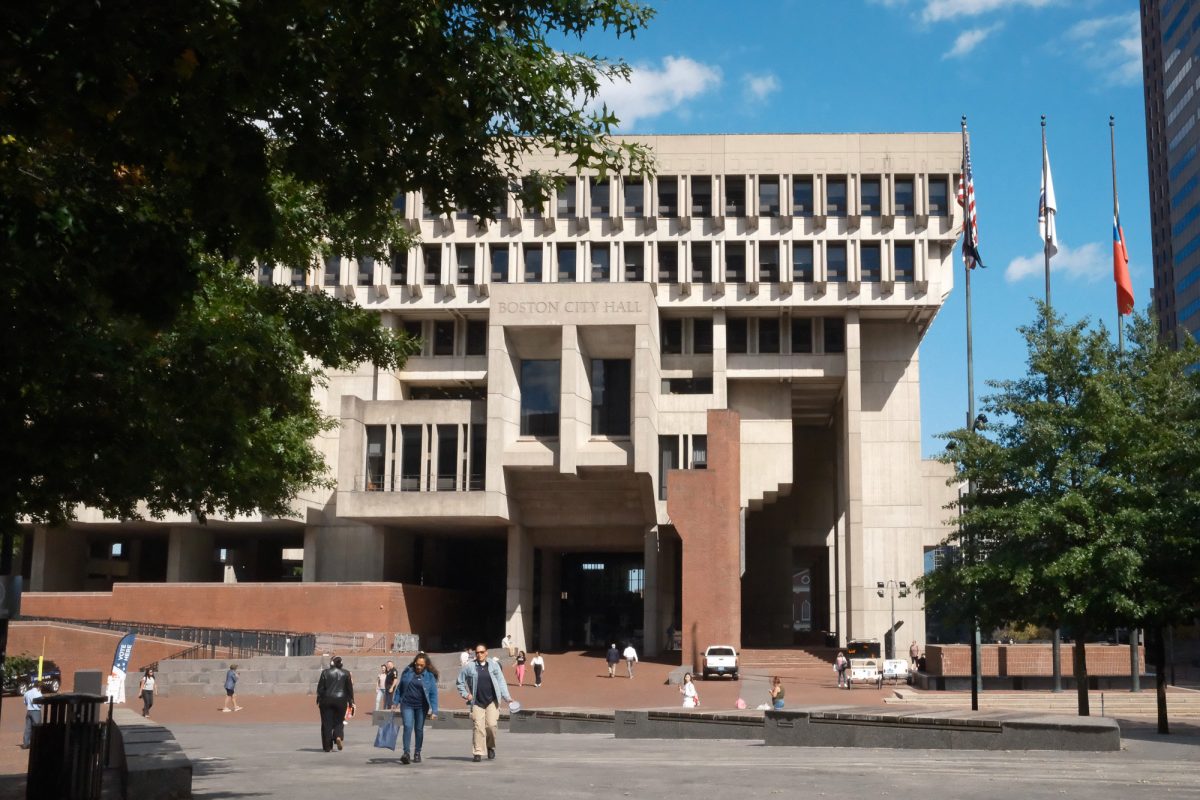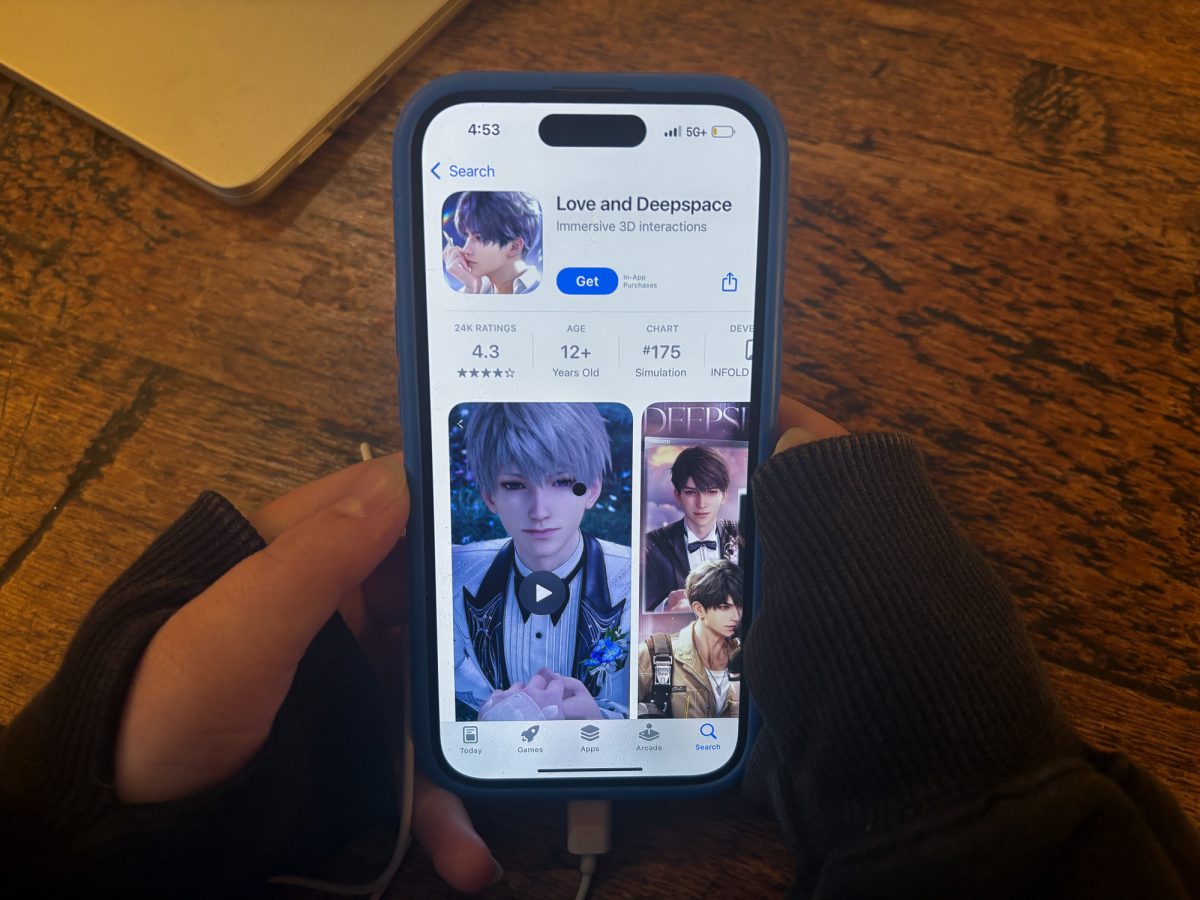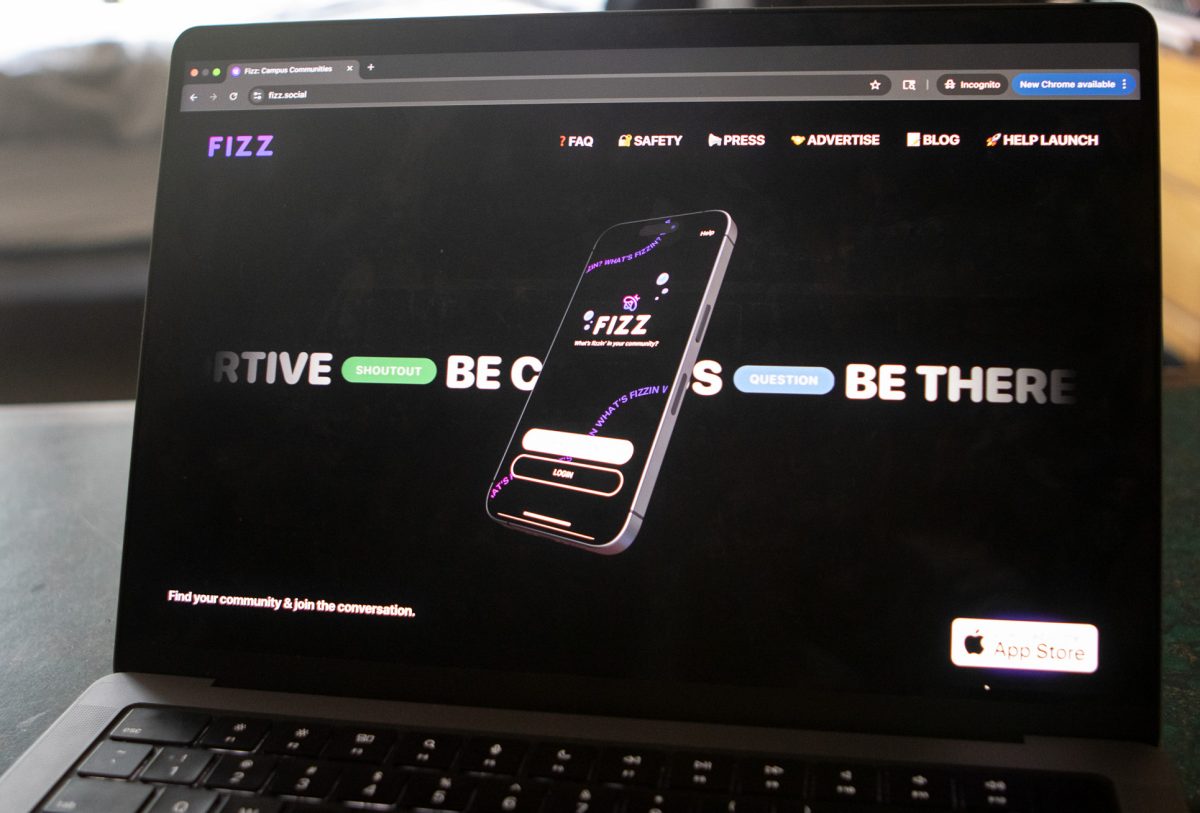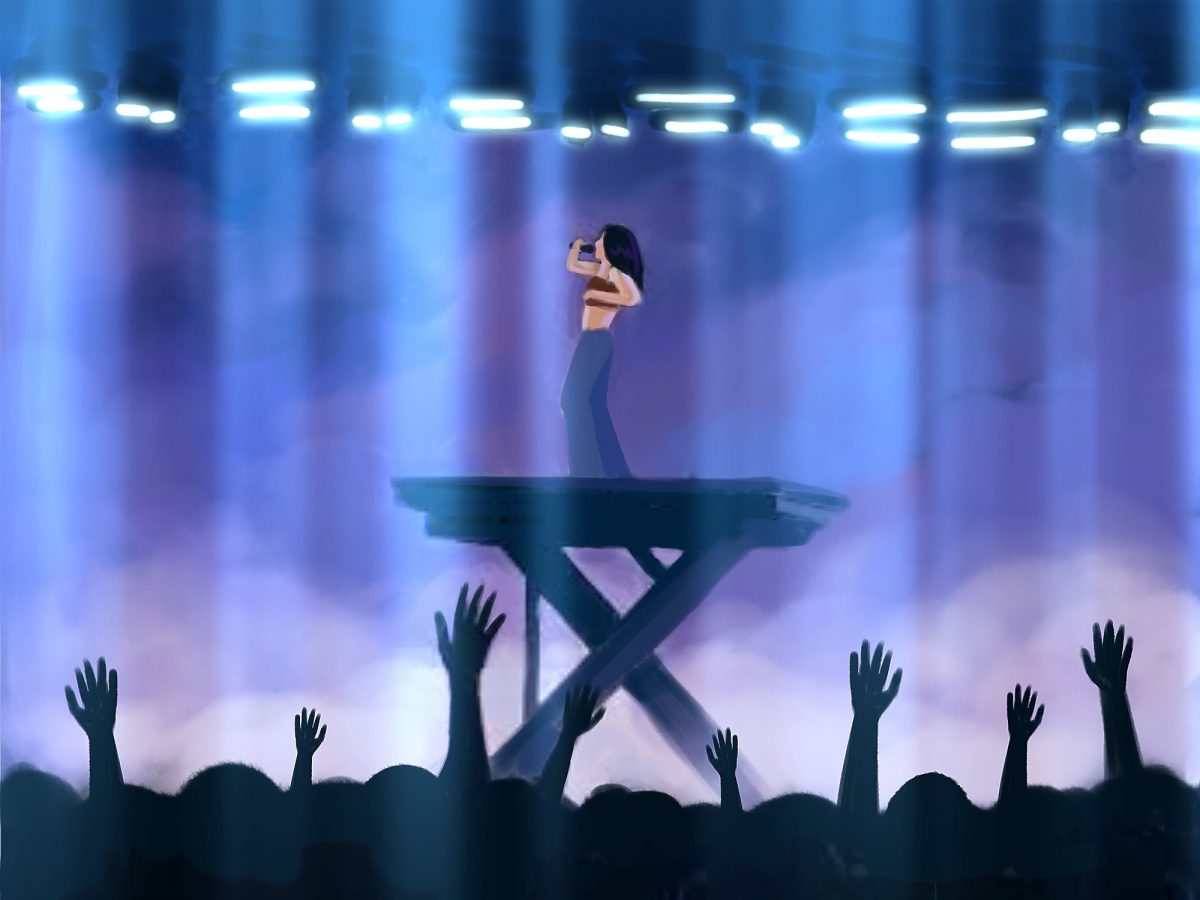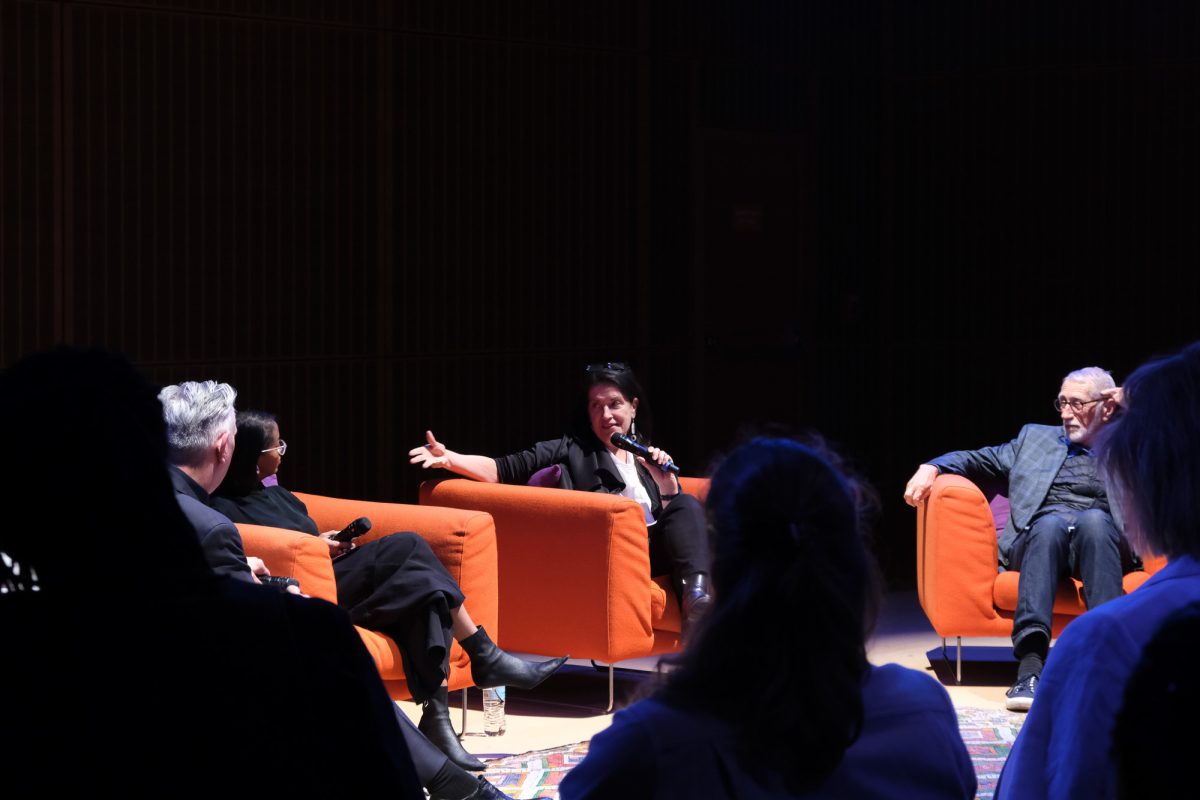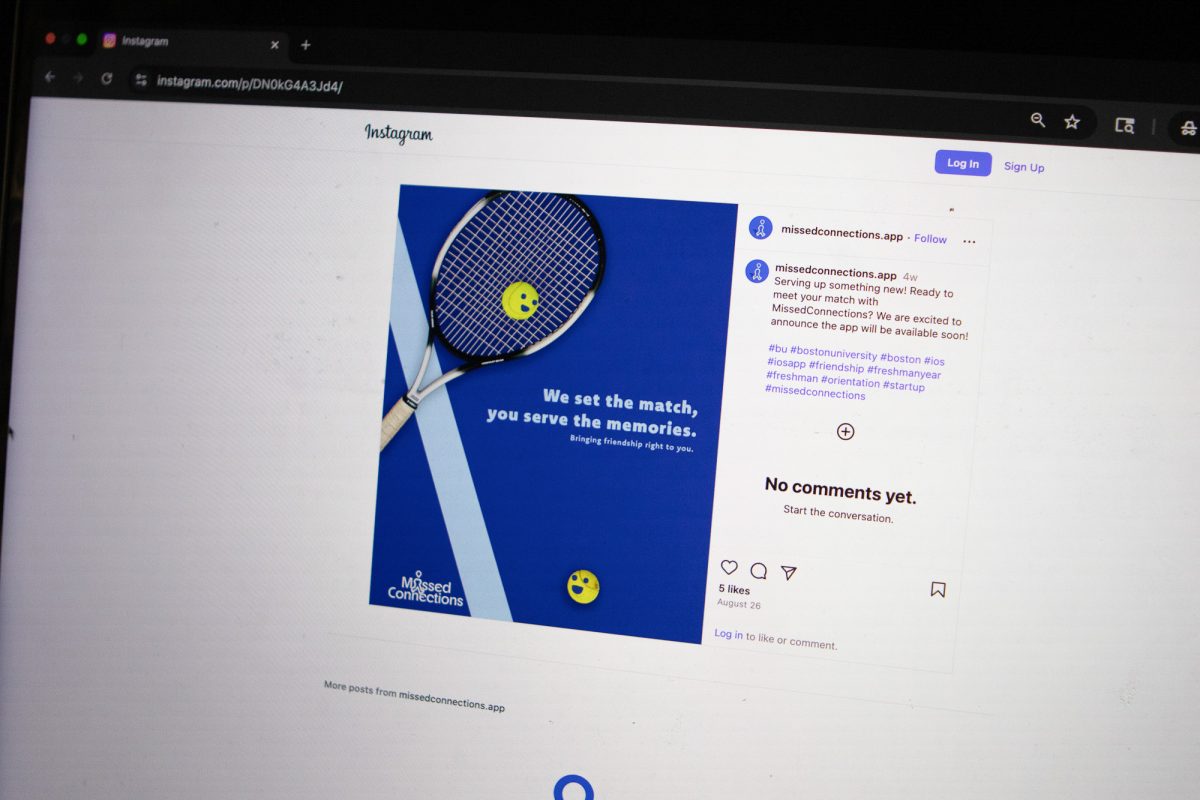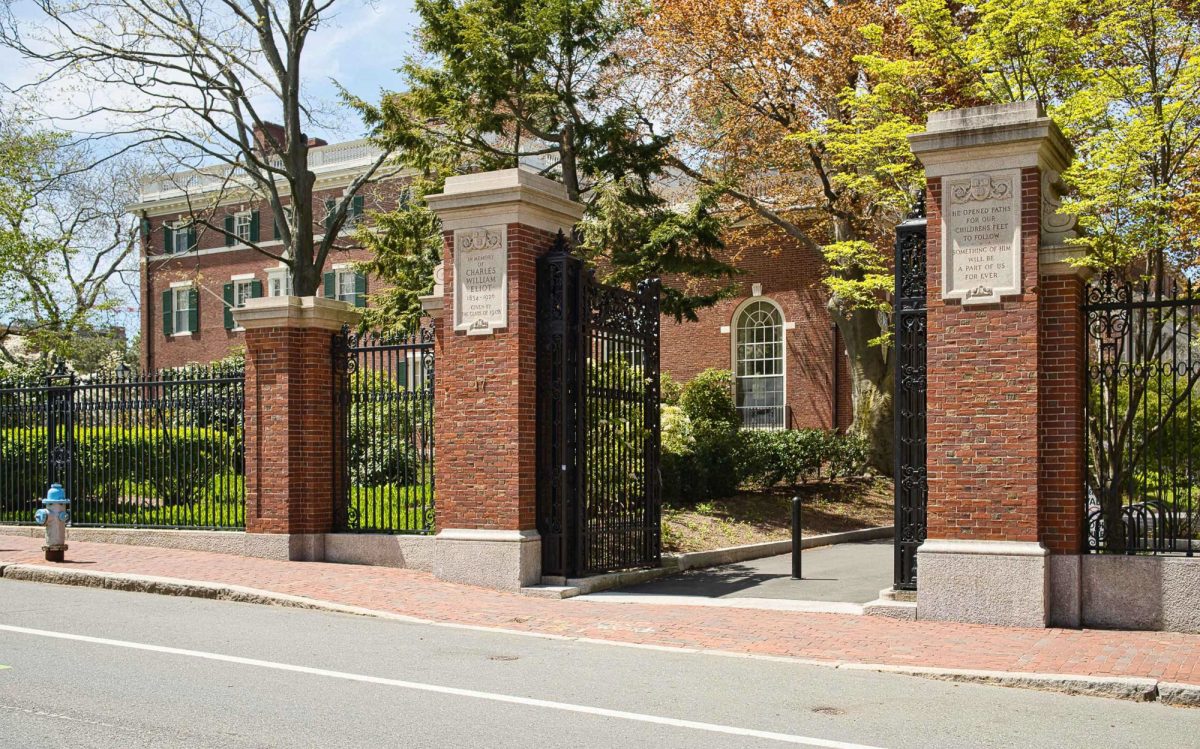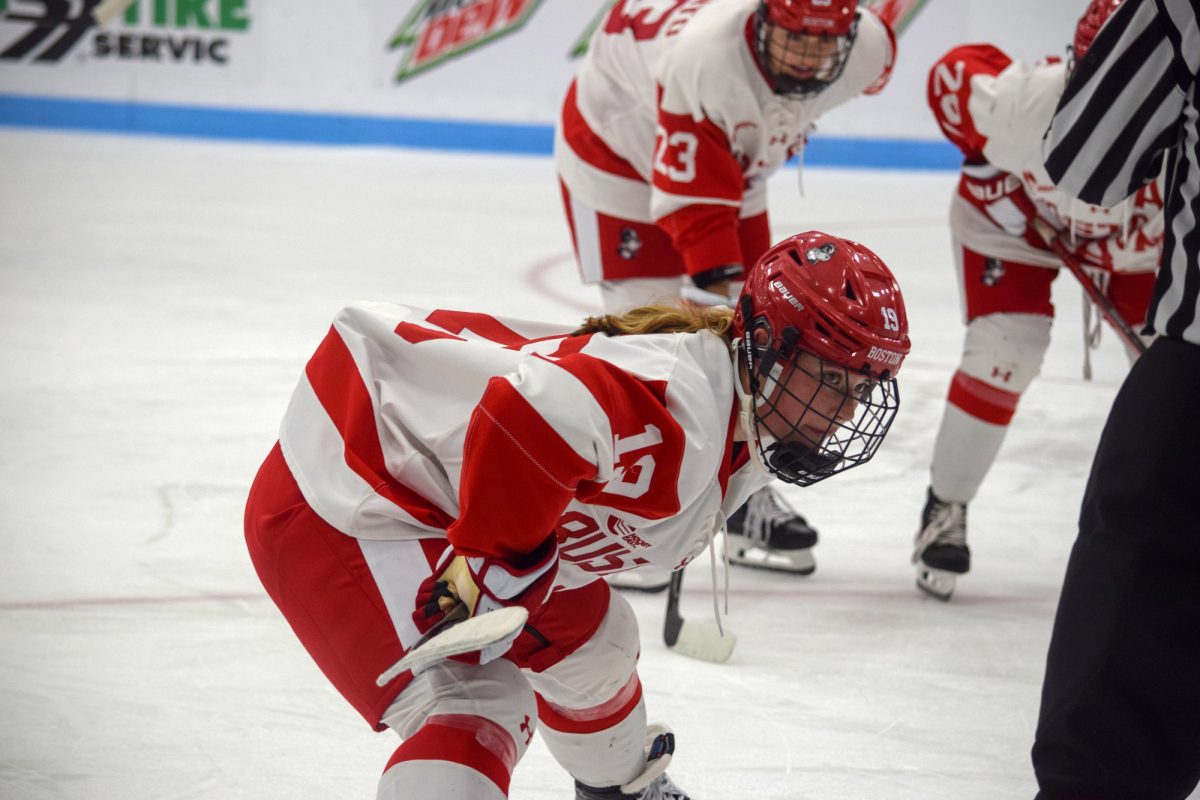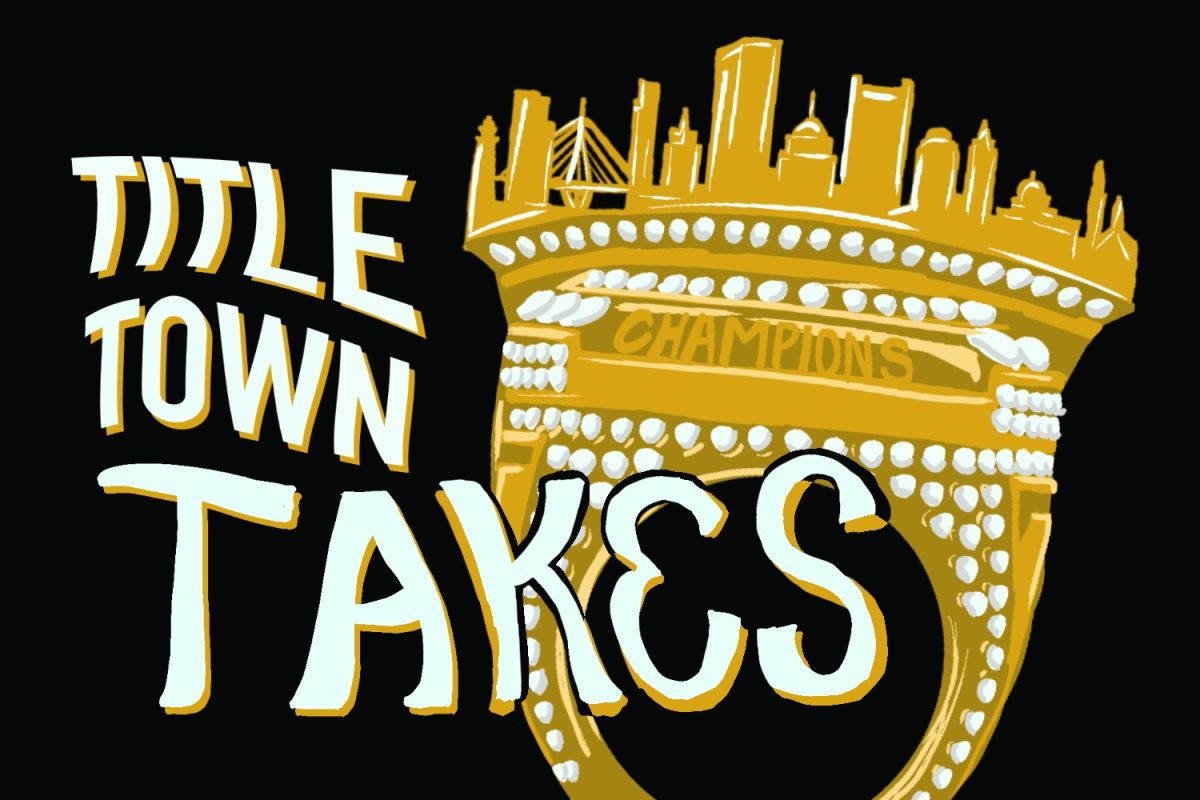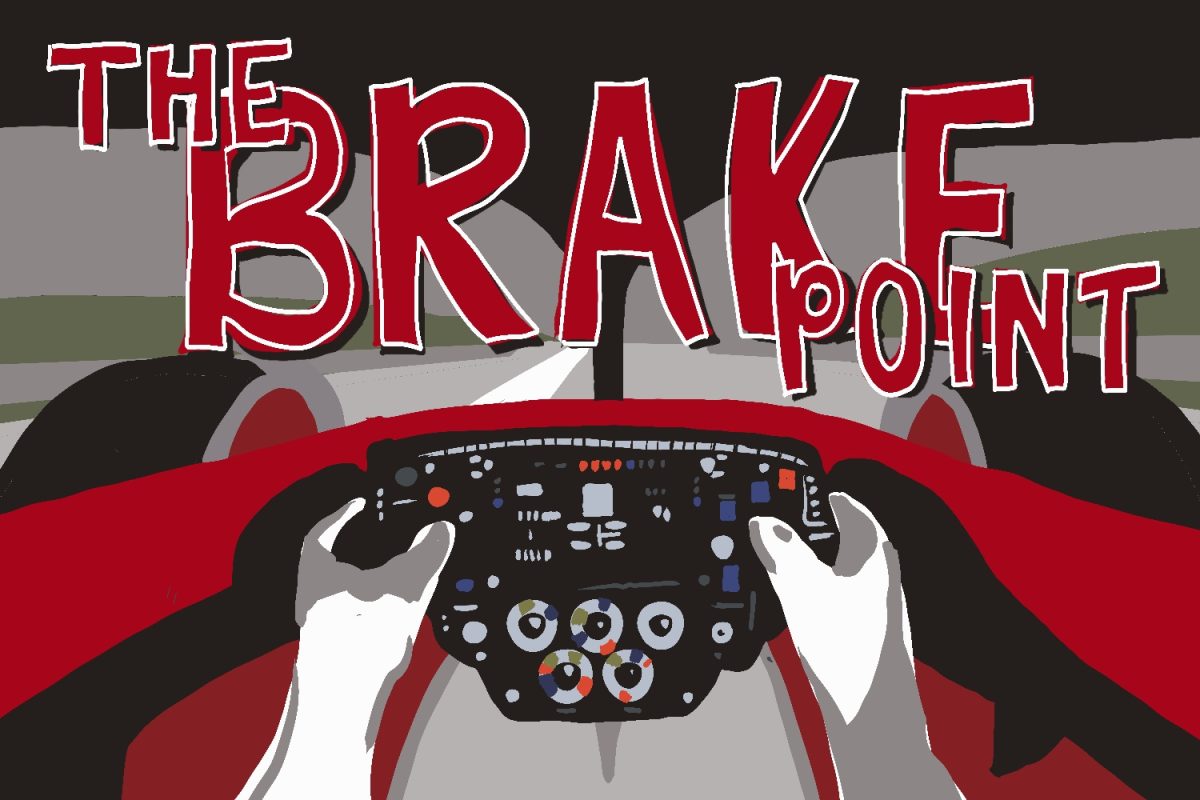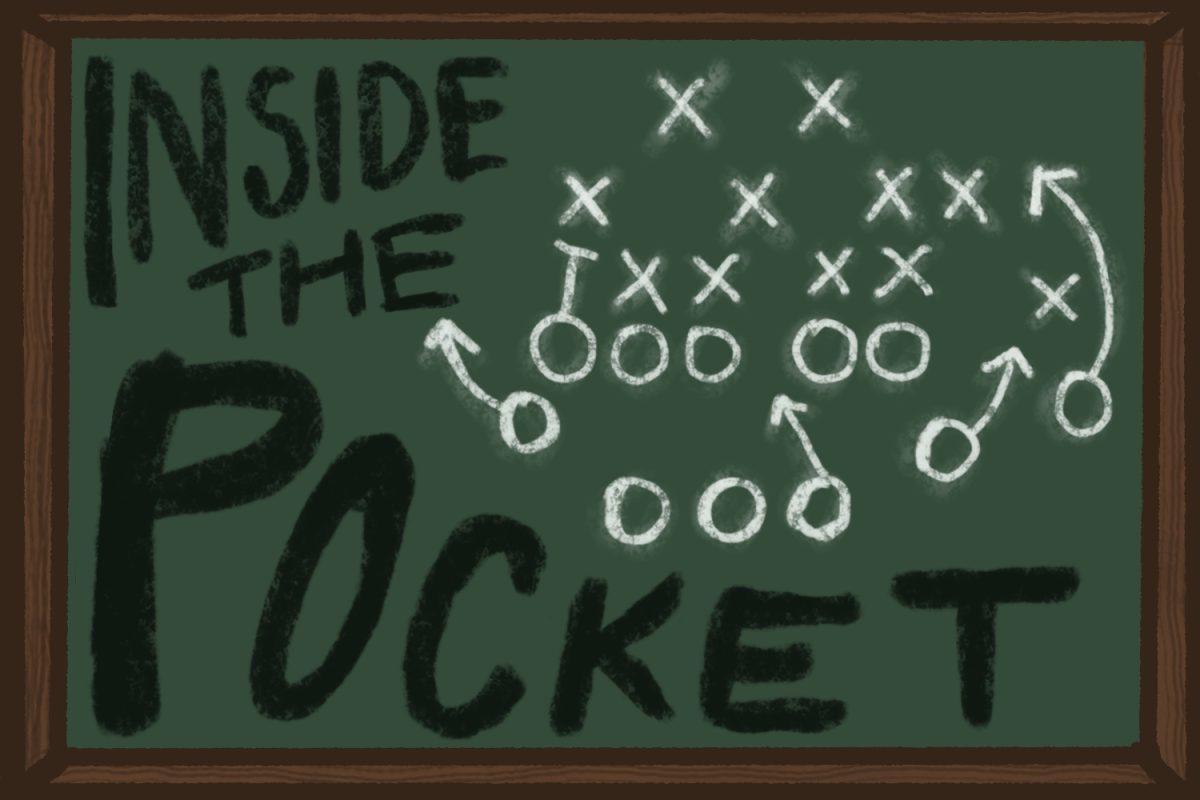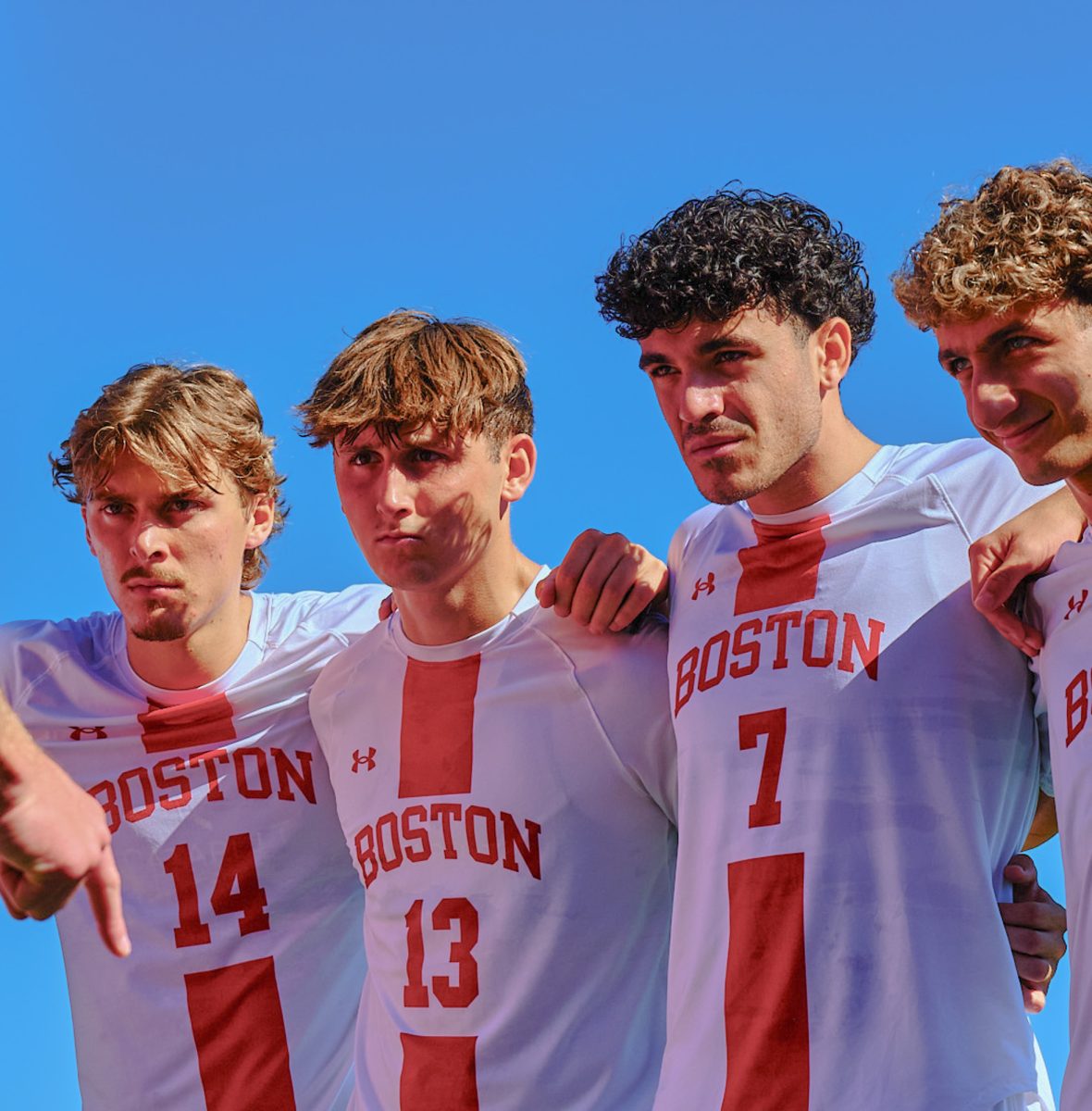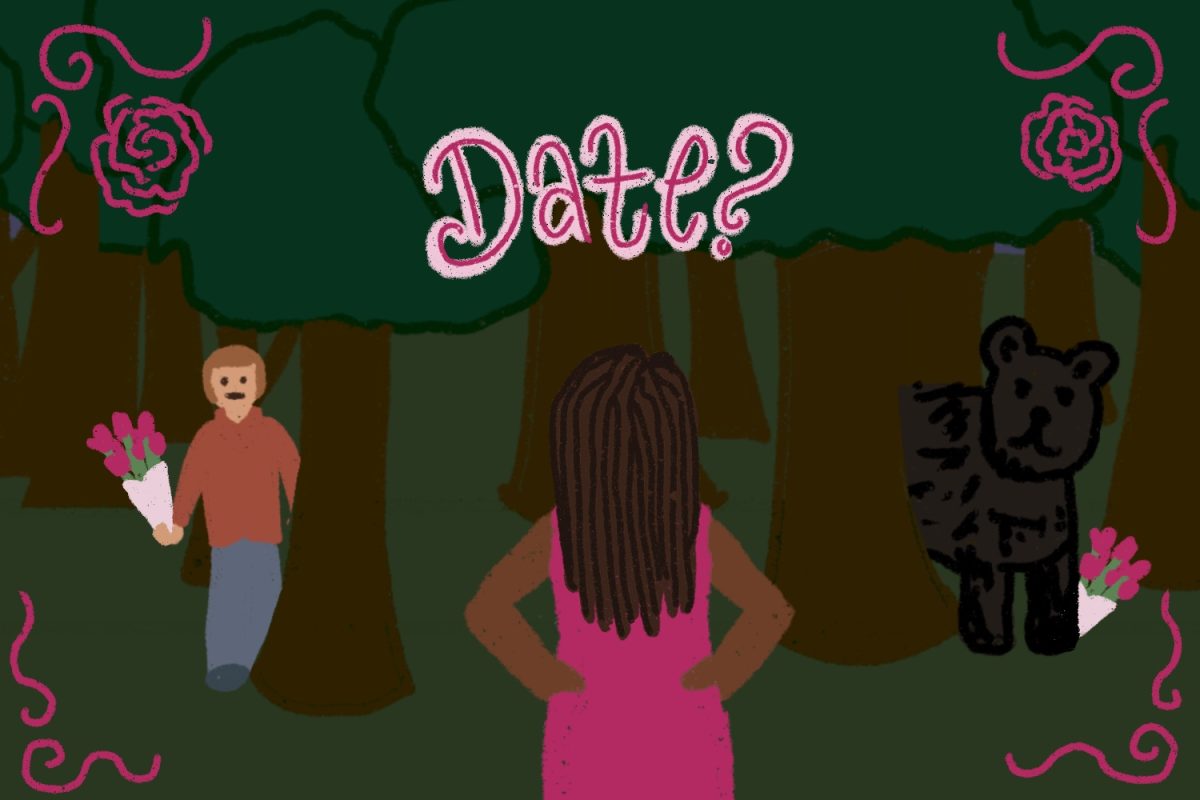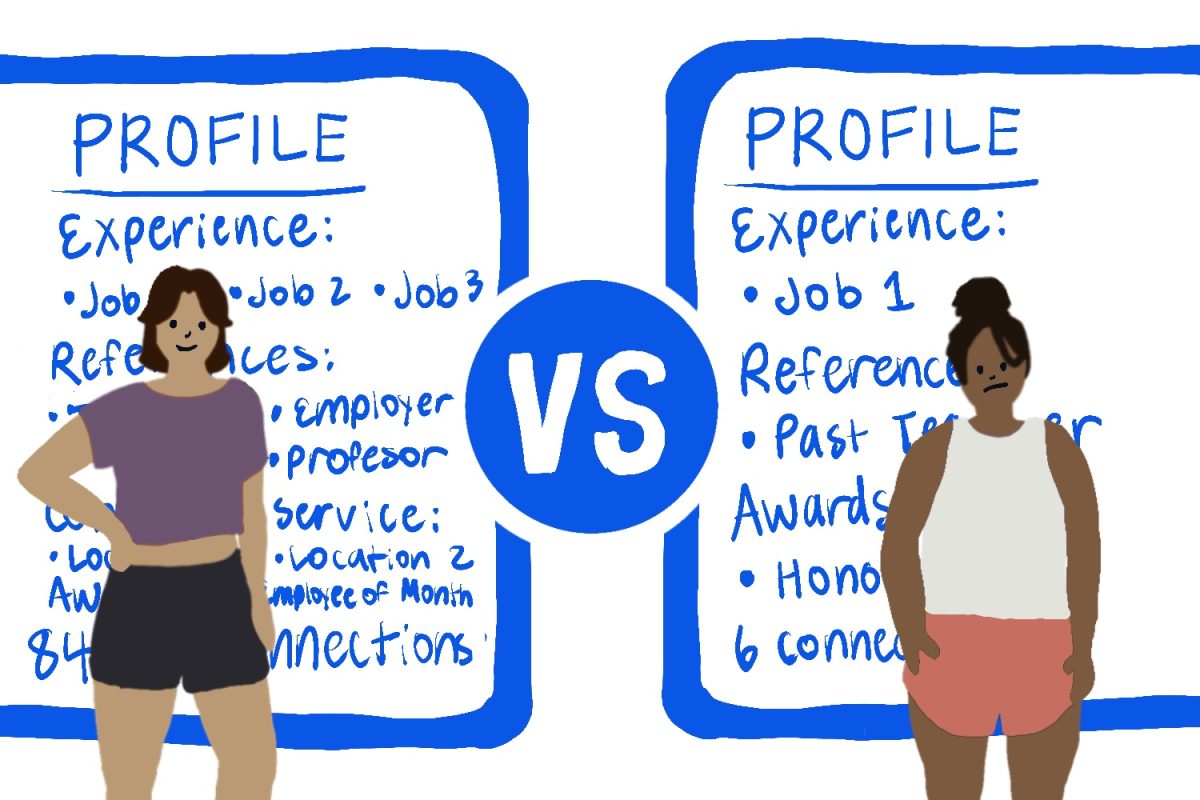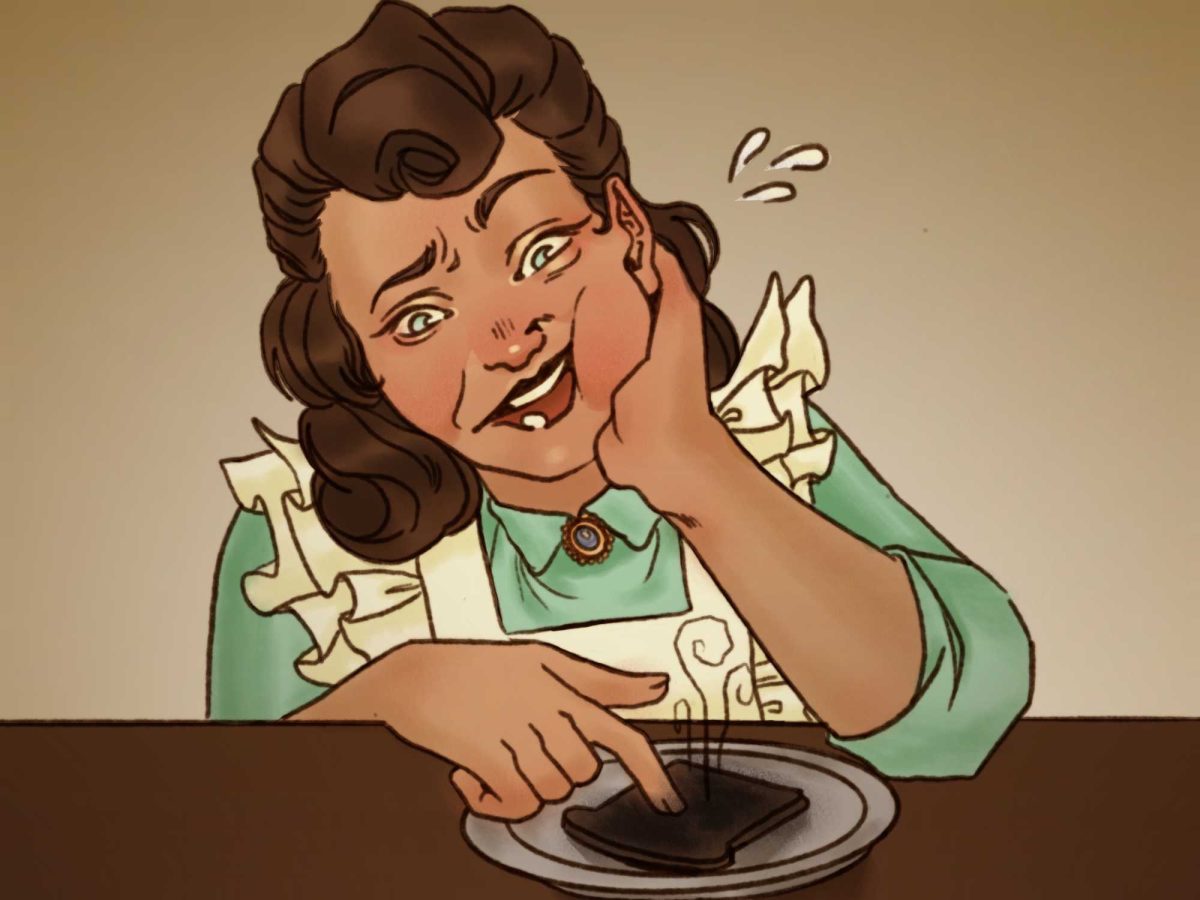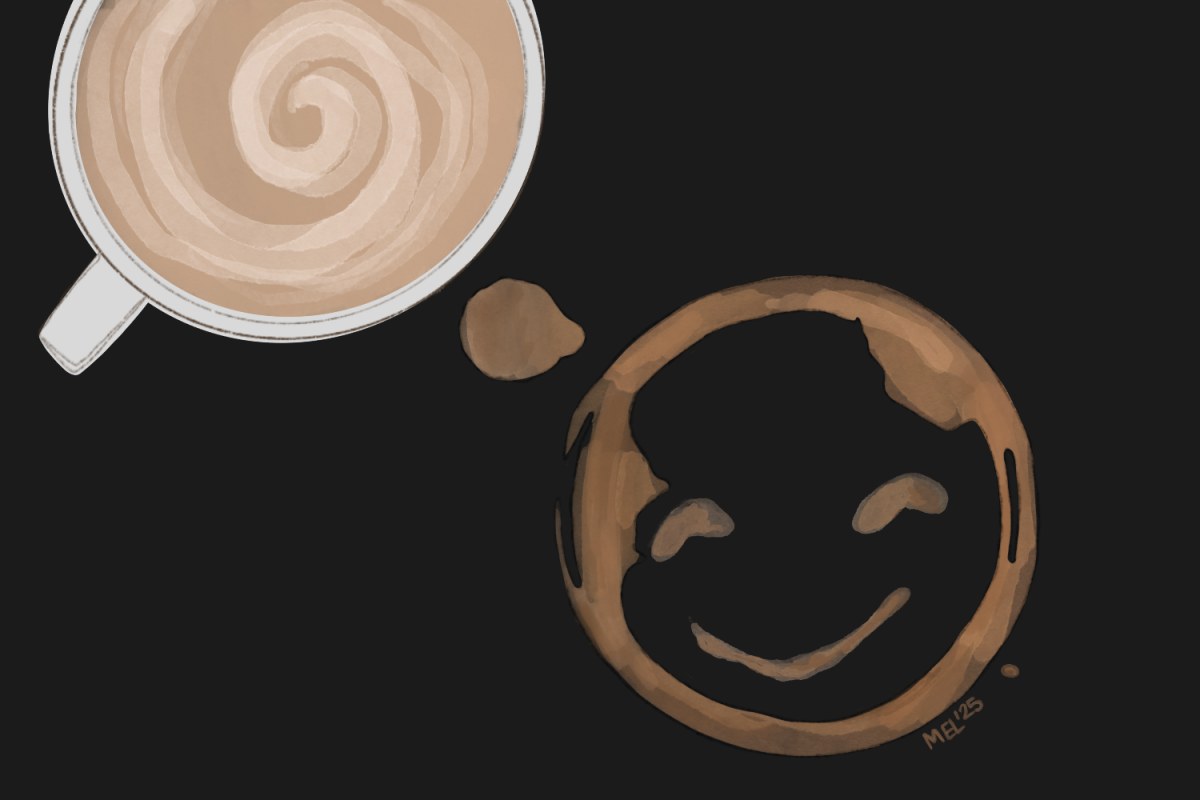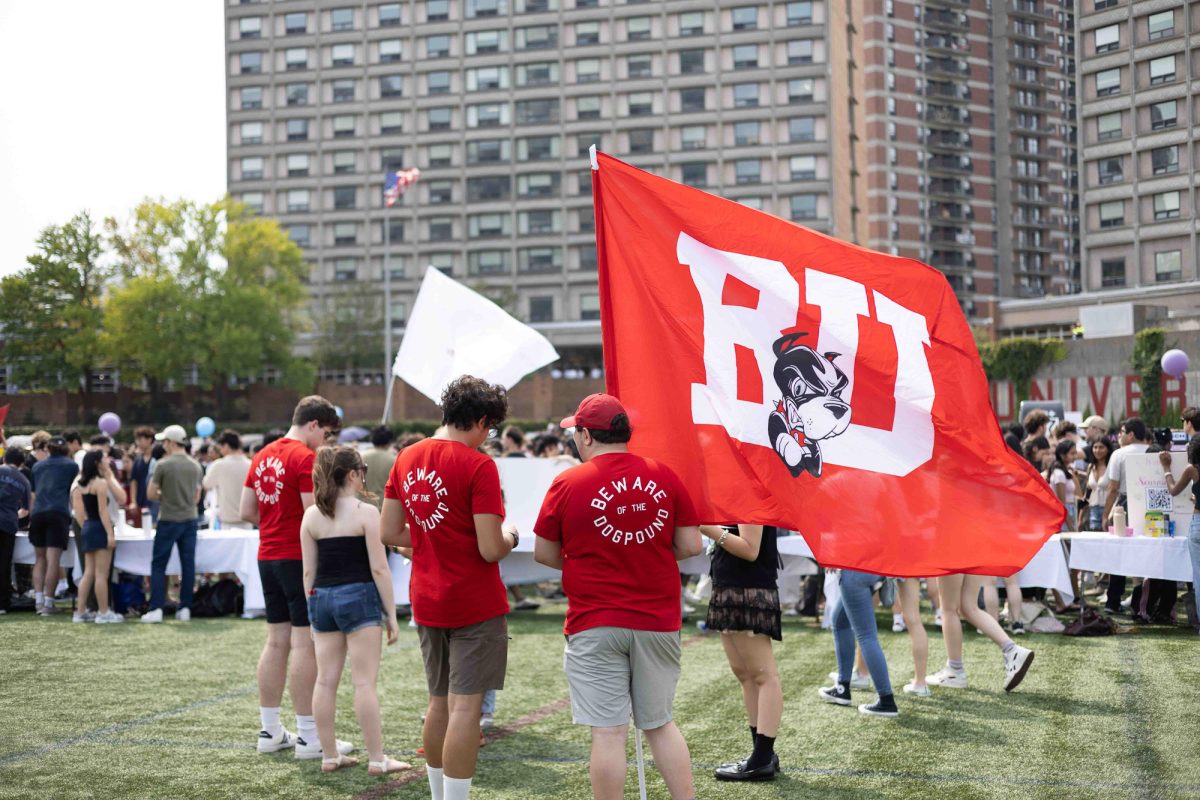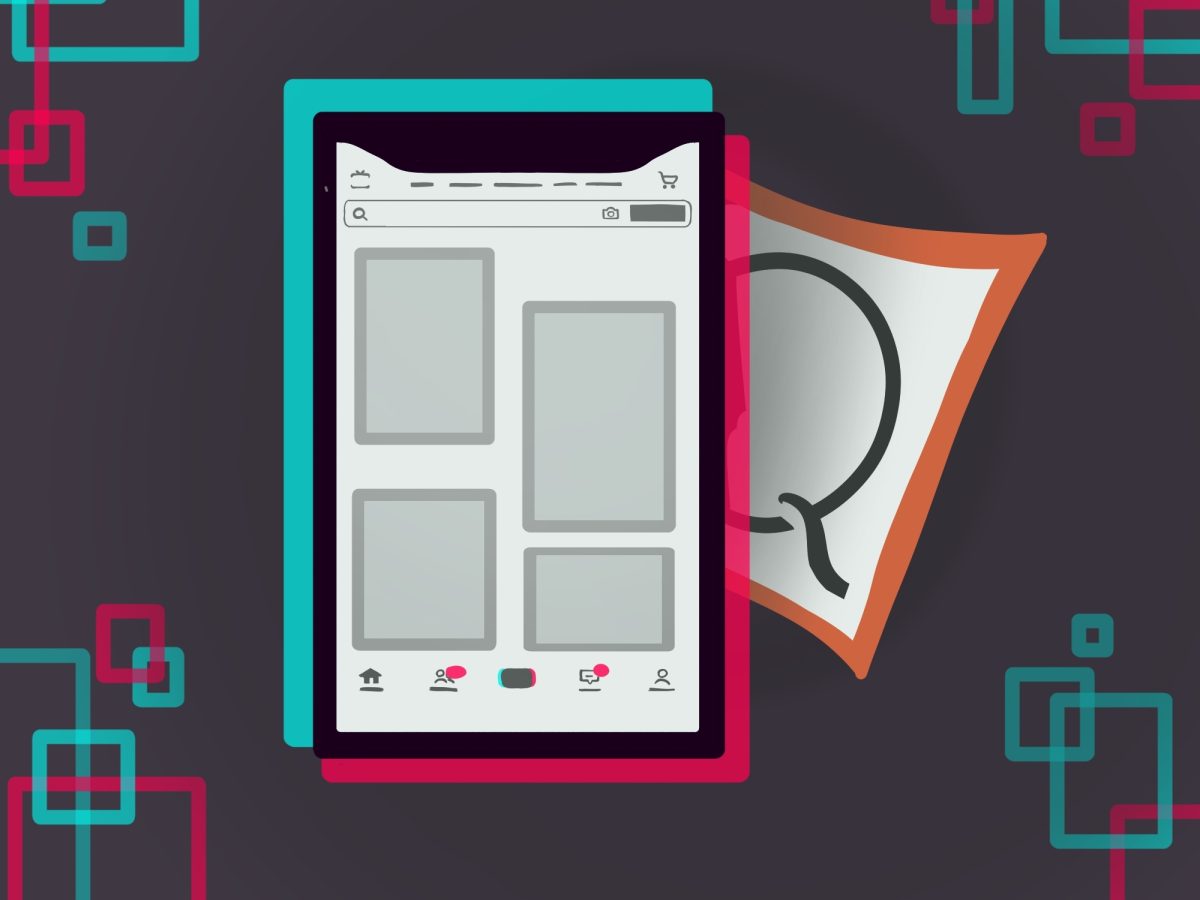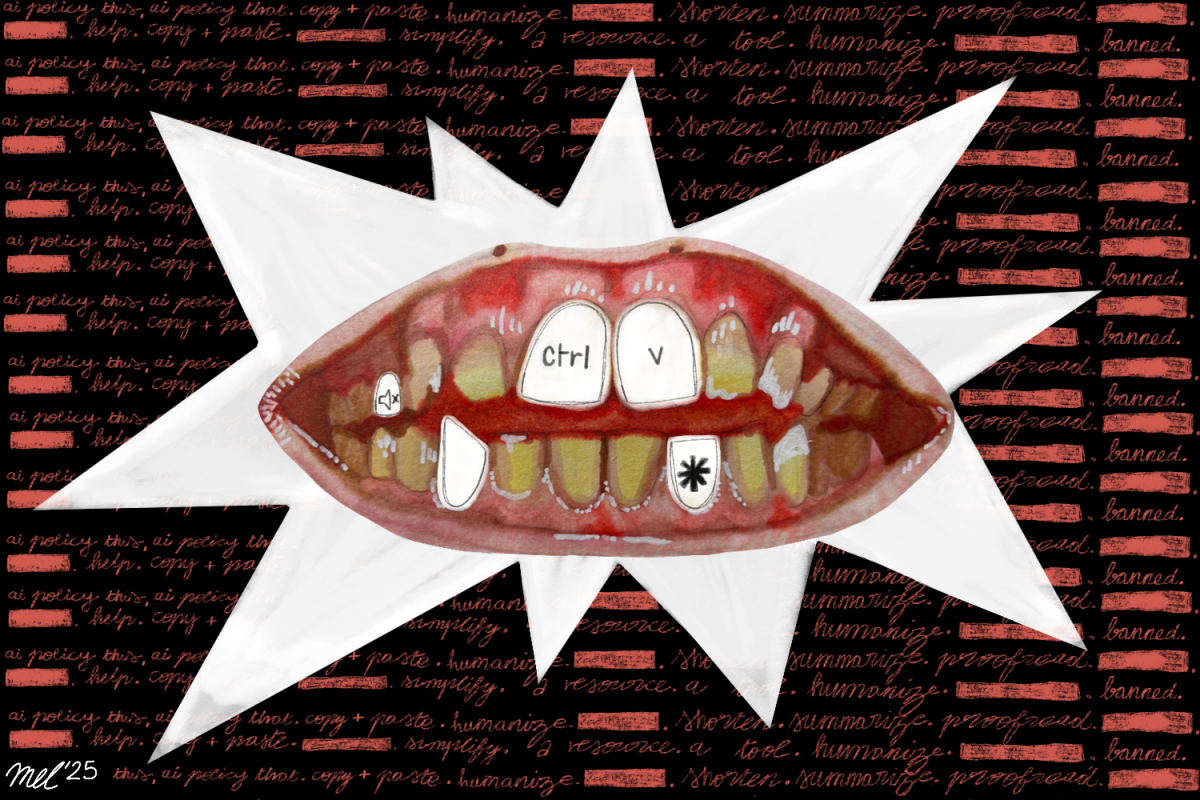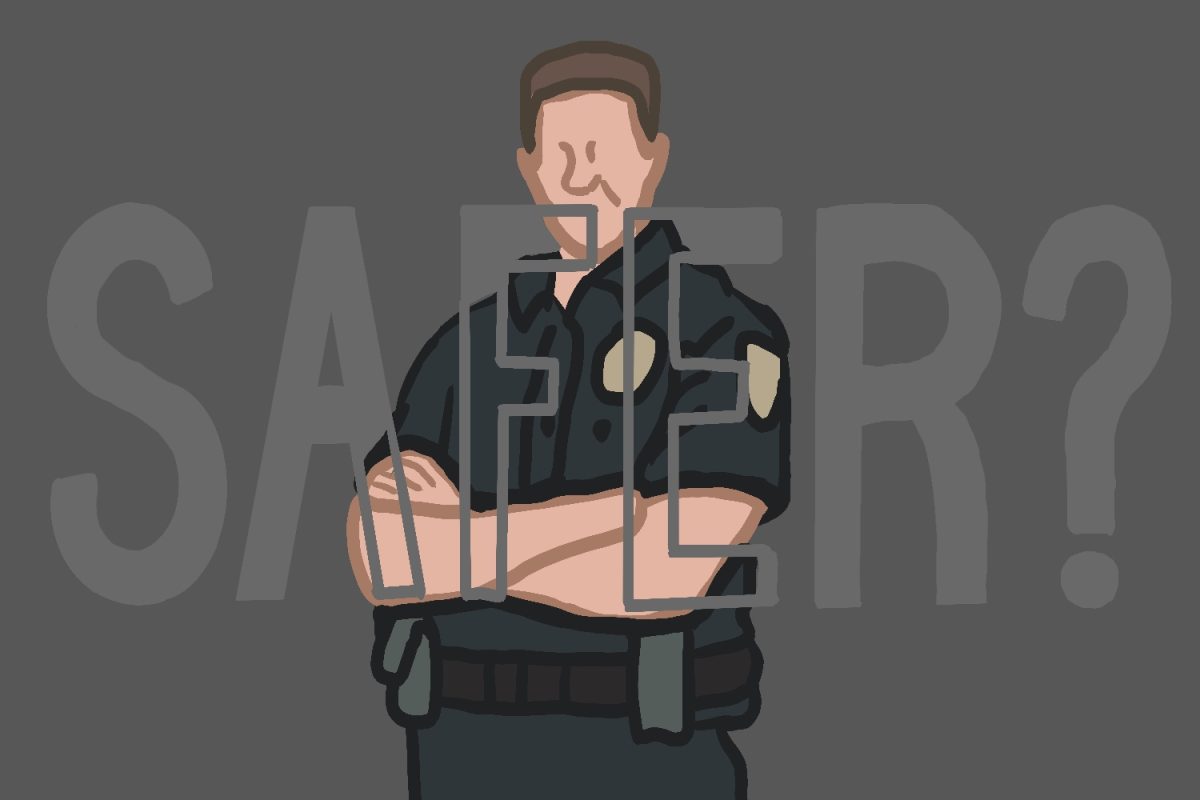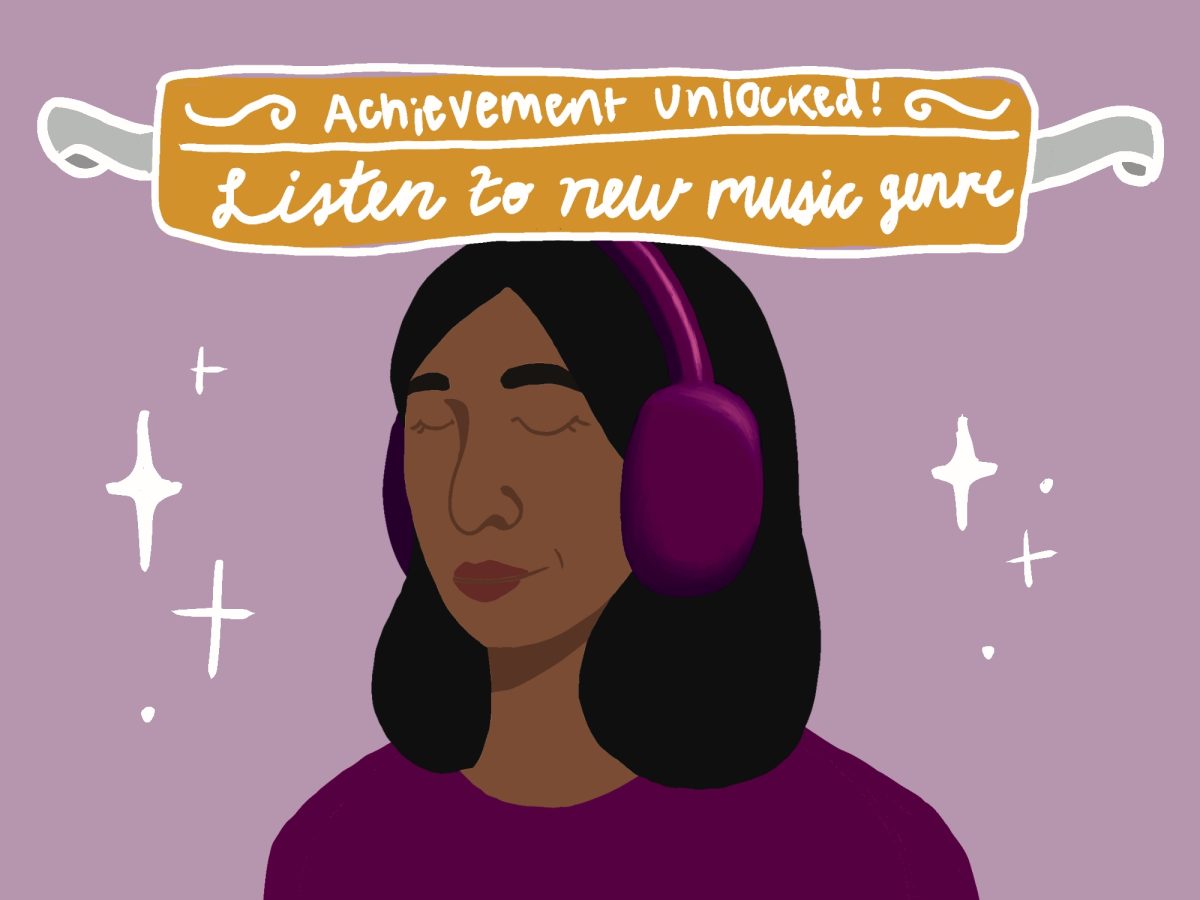I have no idea why the movie “It” came out this fall. With other movies, I can usually at least accept the release date without question (although maybe it’s best to question these, too). But something was immediately suspicious to me about “It.” Possibly stranger though, was the reception: it is one of the top-five highest-grossing films of the year. But beyond the money, it has established a place in popular consciousness for itself (at least for the season), which is roughly synonymous these days with internet consciousness — in other words, “It” spawned a whole lot of memes. And today, what is being joked about online has maybe become the most important indication of popularity.
But maybe I’m being paranoid. After all, it’s a Stephen King story, and one of the most well known at that. Of course it’s going to do well and be at least somewhat popular. And yet, my suspicions are not cleared up. Stephen King has written somewhere around 90 books. Why didn’t they make “Cujo” into a movie? Why not “Doctor Sleep?” “Roadwork?” And these stories have never been adapted — they already adapted “It” almost 30 years ago. So why remake it now?
I have to doubt the staggering popularity of the year-old Netflix original “Stranger Things” and the popularity of “It” is any kind of coincidence. In the first few seconds of the “It” trailer, we see a group of young boys gliding on bikes through the suburbs, at the start of a supernatural adventure. In the first few seconds of the “Stranger Things” season two trailer, we see a group of young boys gliding on bikes through the suburbs, at the start of a supernatural adventure. I don’t think it would be ridiculous to suggest that “It” and “Stranger Things” at least occupy a similar niche. But I want to go further and say that both “Stranger Things” and this year’s revival of “It” are in following with a broader trend, a certain genre or aesthetic that is now in vogue.
The cause of this trend has something to do with nostalgia. But I don’t think it’s much of a revelation anymore to acknowledge that our culture might have a preoccupation with nostalgia. Something more complicated is going on here, something which rears its head once you ask: is the appeal of “Stranger Things” really just nostalgia? The show is set in the 1980s. When you consider that the core audience of the show is us, millennials — you realize that in the 1980s, we hadn’t even been born yet. How could we be nostalgic for a time we didn’t live in?
There is a general cultural aura of nostalgia surrounding the ‘80s. “Nostalgia” has actually become an attribute of how we think of the ‘80s, regardless of whether you possess any personal nostalgia for the period yourself. The cause of this is complicated, but I suspect it more or less has to do with the decade’s proximity. By now, in 2017, the ‘80s are far enough in the past to feel like a time period distinct from our own, but close enough not to feel too different, to still feel recognizable, to not feel like “history.”
There seems to be a modern American fixation with “period pieces,” or more directly, the aesthetic distinction of different time periods, most popularly in the unit of the decade. The aesthetic of the 1920s might come quickly to us: flappers, Model-Ts, those old two-part telephones, the silly hats. Same with the aesthetic of the 1980s: the classic, colorful clunky house phone, attached to the wall by a curly cord, those just-slightly-antiquated cars, those just-slightly-antiquated bicycles, the big hair, the mop-tops, etc.
The tricky thing is that time is not divided up so cleanly. We can see this in trying to determine the aesthetic of now. Surely, there are aesthetic aspects of our time period that in a few decades will characterize it as crisply and distinctly as the image of the 1980s we look back on now. But even if we have a vague notion of what these things might be (iPhones, modern cars, the internet), they cannot possibly be very clear to us, as we’re still living in the time period. And of course it has always been like this — during the 1920s, nobody knew what the 1920s looked like, nobody saw it the way we do now — that is, nobody could possible see it in contrast to the 1960s, or 1970s, or 2010s. Every aesthetic change from the 1920s to the 1980s was completely gradual and mostly invisible.
There seems to be a sweet spot of distance at which a past time period detaches from the present and starts to seem distinct, self-contained. In the case of “Stranger Things,” it was about 30 years — but what does it say about the show, or the mentality behind it, when it is made in the present day but quite literally depends on this perfect “sweet spot” distance — resorting to the pop-culturally-held, nostalgia-drenched view of the 1980s? This might help me figure out why “It” came out this fall.

